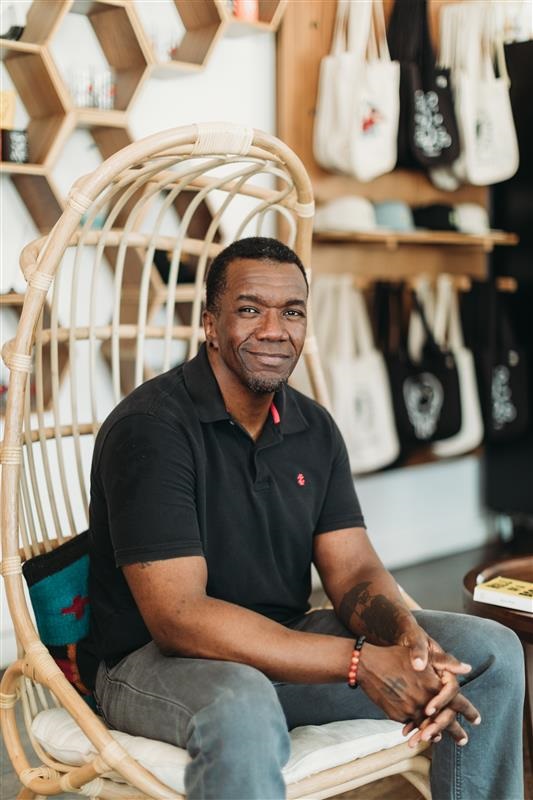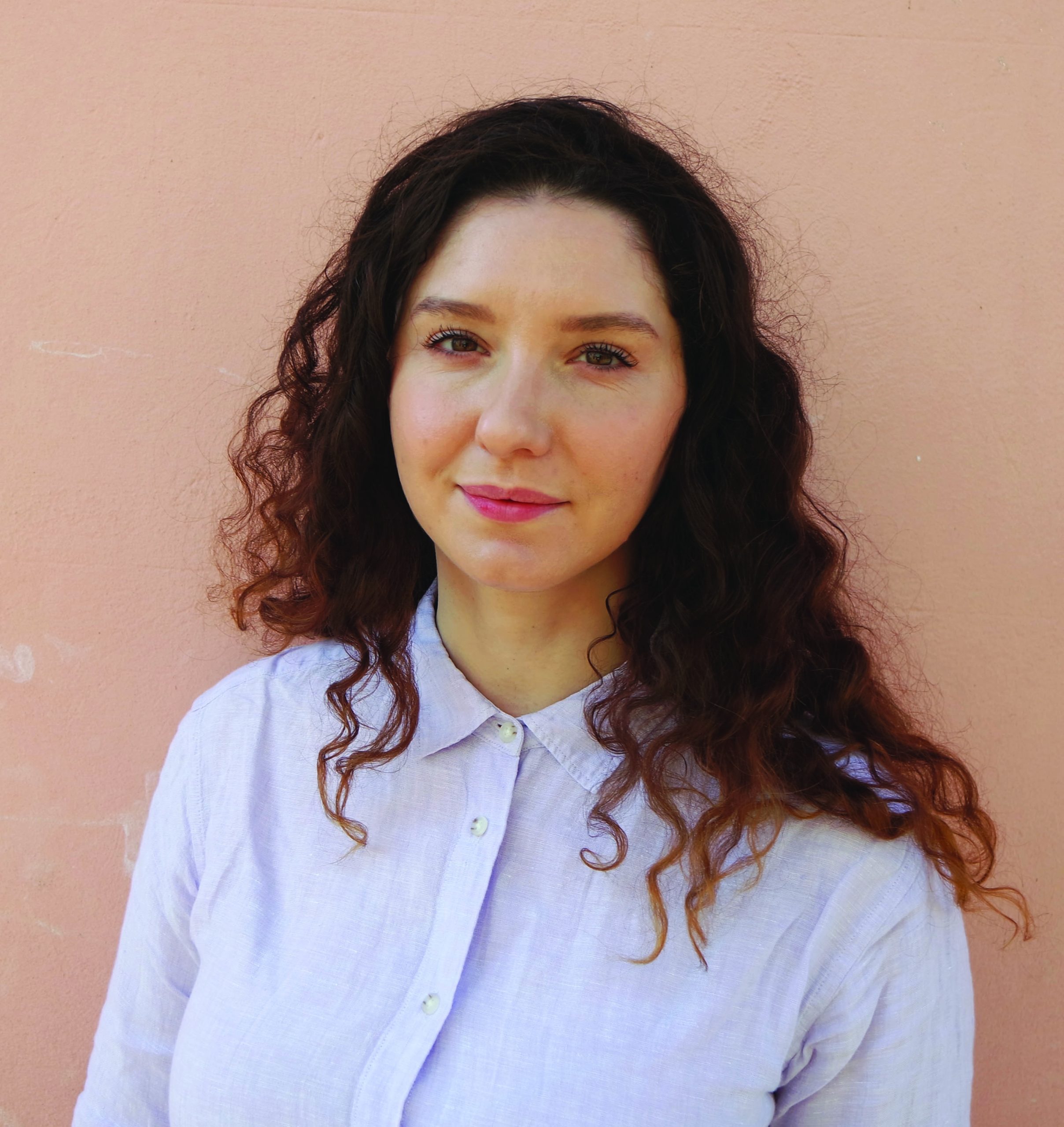
I swiped on the lights in my cabin jerked from a half-sleep by a non-human fracas coming from a place right beyond my window. From the concussive smashups against my wall, it was clear that both creatures were large, though one was larger or had sharper teeth and stronger jaws. For fifteen minutes, I sat corpse-like listening to the losing creature first wail and then pule, volleying two thoughts: “I’m safe here as long as I don’t leave my cabin,” and “Is this my cabin.” Finally, I jumped out of bed grabbed an iron from the fireplace and gave the wall three blows, proclaiming both my prowess and my propriety of the space. The photographs of Amy Stein bring me back to those fifteen minutes when I sat in the still but mutable margin between two loosely defined territories, that of the home and that of the wild.
Stein creates dioramas using taxidermied animals to explore the evolution of the opposing instincts of humans and animals and how that affects our behavior around each other. Stein is interested in the positions of “submission and dominance,” that are played out in our encounters with the elements and our conflicting impulses to both hang back from and bridle the wild. Homes also figure largely in her tableaus, but these are not the homes of Ozzie and Harriet, Family Ties, or Arrested Development. These are homes that you would approach with the appreciable uncertainty of one walking into the woods with nothing but a whistle and a pocket knife.

The Rumpus: The ideas for your projects are inspired by fiction, literature, newspaper stories and/or scientific studies. You’ve said that you frequently bring books with you when you travel for your shoots. What books did you bring with you, or did you refer to, when developing your series Domesticated?
Amy Stein: Before shooting Domesticated I was wearing out my copies of Robert Adams’s American West and the Jeff Wall book by Peter Galassi. I was taken by Adams’s photographs of a west made monotonous by the repetitious design of expansion. I was also interested in Jeff Wall’s ability to realize the fantastical in the commonplace.
Once I started the project I shut down my access to images by other photographers because I wanted to communicate with my own voice and my own visual style. The greatest influence became the town of Matamoras and it’s inhabitants, but I also began to explore evolutionary thinking and human and animal relationships. On my many trips from New York to Pennsylvania, I would pass the time reading The Beak of the Finch by Jonathan Weiner, The Others by Paul Shepard and Watership Down by Richard Adams. I also found inspiration in the works of Edward Abbey, Thoreau, Edwin Way Teale and Willa Cather.

Rumpus: The idea for Domesticated was inspired by stories that people in Matamoras had told you. Was there some through-line to those narratives that you were accessing, whether consciously or subconsciously, which provided the impetus for the themes underpinning this series?
Stein: When I started the project I had a very specific idea of what I wanted to say and shoot. The project was about our subjugation and domination of the natural world and I was going to execute it by returning taxidermied animals to the area where they had been shot. When I began to go over the contact sheets I just wasn’t feeling it. The work seemed too obvious and the statement too contrived.
As I was spending time in the town talking with people about the project, they would tell me stories about their own encounters with animals in their backyards. Many interactions seemed to occur with great regularity, but people would light up when they talked about them. The situations were common, but each story was relayed with a sense of wonder and fascination that hinted at a deeper connection. I began to realize something far more primal and mystical was happening in this town.
The stories were the driving force behind both the images and my approach to the work, but it was the crucial themes of the domestic space and the process of domestication that transformed the project. The connection to these themes became more obvious as I explored the area where these encounters were taking place. That space was often a transition zone where houses and lawns ended and the wilder, animal-inhabited area began. A space where the domestic sought connection with the wild and the wild sought the spoils of the domesticated.



